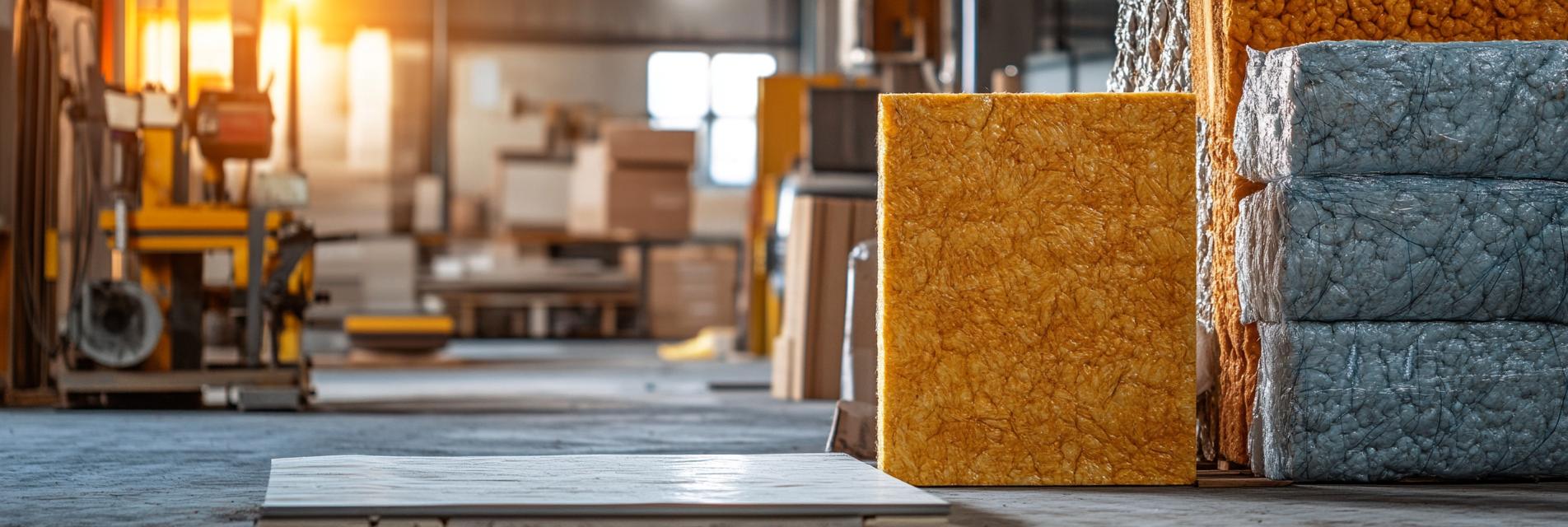In the realm of industrial applications, the significance of kiln insulation materials cannot be overstated. These materials play a pivotal role in improving energy efficiency, reducing heat loss, and optimizing operational performance. In this article, we delve into the various types of kiln insulation materials, their benefits, and best practices for selection and usage.
Kiln insulation materials can be classified into several categories based on their composition and application suitability. Below are some common types:
Known for its lightweight nature and thermal resistance, fiberglass insulation is a popular choice for kilns. It provides excellent thermal performance and reduces energy consumption significantly.
Ceramic fiber insulation is designed to withstand high temperatures, making it suitable for kilns operating at extreme heat levels. Its low thermal conductivity ensures minimal heat loss.
Mineral wool insulation offers excellent fire resistance and soundproofing capabilities. It is a versatile option that can cater to both thermal and acoustic insulation requirements.

Implementing the right kiln insulation materials offers a plethora of advantages, including:
In conclusion, the choice of kiln insulation materials is crucial for achieving optimal energy efficiency and operational performance in industrial processes. By understanding the types of insulation available and their respective benefits, businesses can make informed decisions that impact their overall productivity and sustainability.
